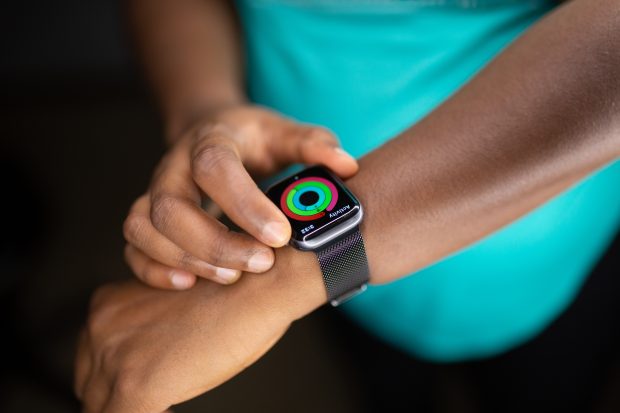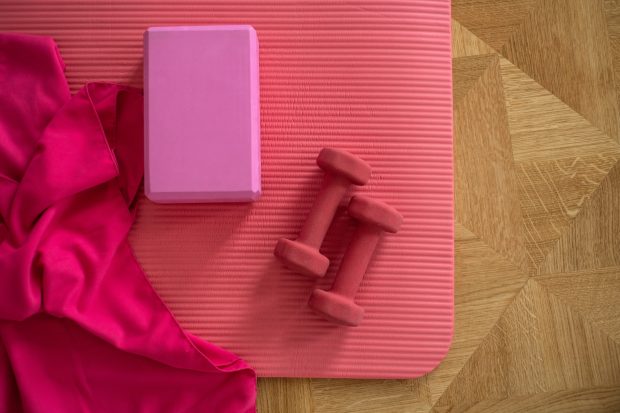As promised, today we will be discussing the importance of reflecting on and assessing your progress towards your physical activity goals. Basically, now that you have a plan and have started executing your plan, after a period of time you will want to check in with yourself to see how that plan is going. This process is known as self-regulation, which is broadly defined as taking action in moving towards a goal and monitoring your progress along the way1. Monitoring your progress is one of the most important strategies you can perform to stay on course2.
 In our last blog we spoke about strategizing to overcome barriers that get in the way of meeting your physical activity goals. This process will help to develop self-control and involves resolving conflict between competing goals. Our example from the last blog involved resolving the conflict between motivation to exercise after work while faced with feeling hungry. Another example might be staying home to watch a recently released episode of your favourite Netflix show (short-term reward) rather than going to the gym to fulfill your long-term goal of gaining muscular strength.
In our last blog we spoke about strategizing to overcome barriers that get in the way of meeting your physical activity goals. This process will help to develop self-control and involves resolving conflict between competing goals. Our example from the last blog involved resolving the conflict between motivation to exercise after work while faced with feeling hungry. Another example might be staying home to watch a recently released episode of your favourite Netflix show (short-term reward) rather than going to the gym to fulfill your long-term goal of gaining muscular strength.
There are four key strategies that we are going to describe to help you optimize your self-control3. In order to be most successful, the four strategies should be employed as early as possible upon setting your goal. The first is a situation selection strategy. This involves choosing an environment that will favour accomplishing your physical activity goals. For example, if you don’t have time to go to a gym several times a week, you could invest in a yoga mat and free weights that you can workout with at home. Another example would be agreeing with a friend or colleague that you are going to commit to exercising together on a consistent basis.
 Of course there are cases where it isn’t possible to modify your environment and this is where the second strategy comes in, called situation-modification. This is where, instead of choosing a specific environment, you would modify your environment to better suit your goals. For example, you can select and organize prompts and cues that optimize your likelihood of following through with your goals. An example of this would be leaving your running shoes at the front door so they are the first thing you see when you arrive home from work and remind you that you need to get your evening jog in before settling down with Netflix. Another example might be a wearable reminds you to be active throughout the day to encourage you towards meeting your goals.
Of course there are cases where it isn’t possible to modify your environment and this is where the second strategy comes in, called situation-modification. This is where, instead of choosing a specific environment, you would modify your environment to better suit your goals. For example, you can select and organize prompts and cues that optimize your likelihood of following through with your goals. An example of this would be leaving your running shoes at the front door so they are the first thing you see when you arrive home from work and remind you that you need to get your evening jog in before settling down with Netflix. Another example might be a wearable reminds you to be active throughout the day to encourage you towards meeting your goals.
We will leave you with those two strategies to think about before we move on to the next blog to introduce the other ones. Right now would be a good time to think about how you can change or modify your environment that will help to set you up with success!
*References/Further Reading
- Carver, C. S., & Scheier, M. F. (1998). On the Self-Regulation of Behavior. Cambridge, Univ. Press.
- Michie, S., Abraham, C., Whittington, C., McAteer, J., & Gupta, S. (2009). Effective techniques in healthy eating and physical activity interventions: A meta-regression. Health Psychology, 28(6), 690–701. https://doi.org/10.1037/a0016136
- Duckworth, A. L., Gendler, T. S., & Gross, J. J. (2016). Situational Strategies for Self-Control. Perspectives on Psychological Science, 11(1), 35–55. https://doi.org/10.1177/1745691615623247


